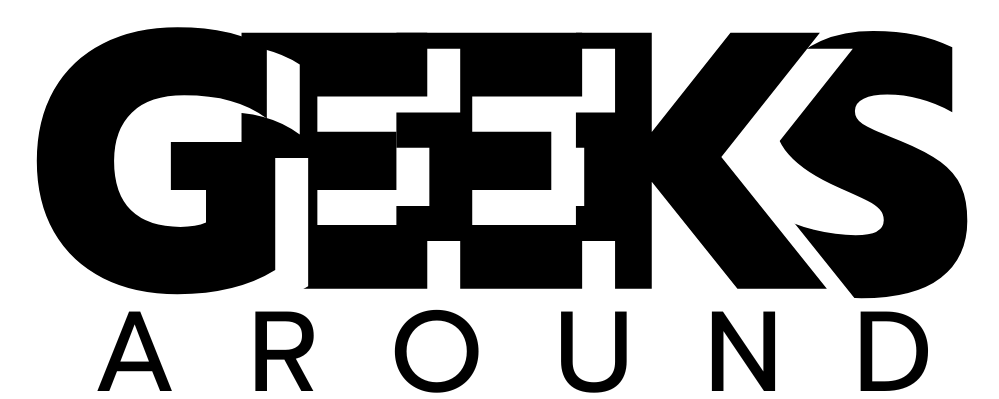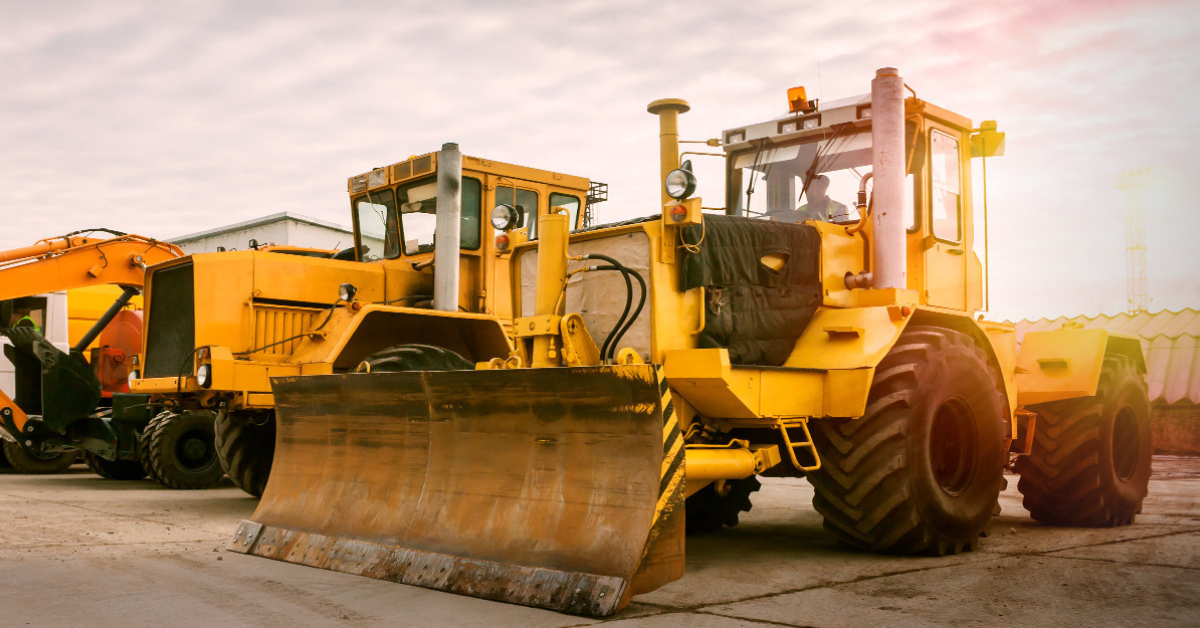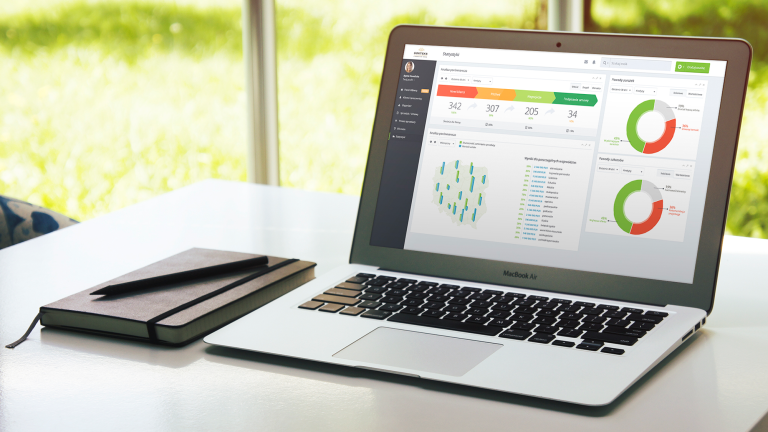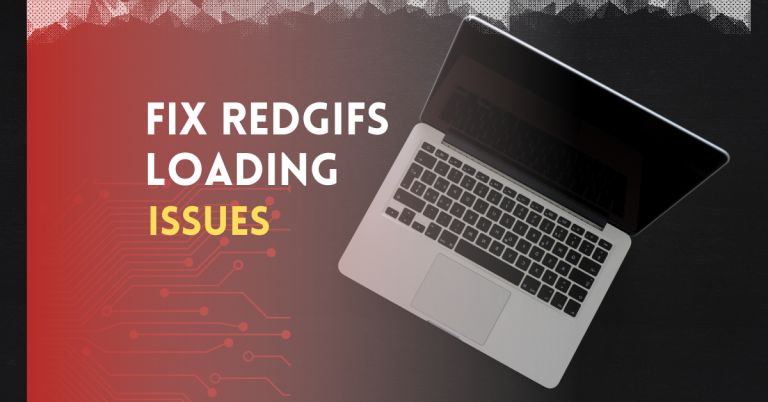The Ultimate Checklist for Purchasing Used Construction Machinery
When it comes to acquiring construction machinery, buying used can be a savvy financial decision, offering substantial savings without compromising quality. However, the process of purchasing used construction equipment can be fraught with challenges if you’re not well-prepared. To ensure you get the best value for your investment, follow this ultimate checklist for purchasing used construction machinery.
1. Determine Your Needs
Before diving into the used equipment market, clearly define what you need. Consider the type of machinery required, its specifications, and how it will fit into your existing operations. Whether you need an excavator, loader, or bulldozer, knowing exactly what you require will streamline your search and help you avoid unnecessary purchases.
2. Set a Budget
Establish a realistic budget for your purchase. Remember to account for not only the purchase price but also potential repair costs, transportation, and any additional accessories or attachments you may need. Setting a budget will help you narrow down your options and prevent overspending.
3. Research Market Prices
Conduct thorough research to understand the market value of the machinery you’re interested in. Compare prices from various sellers, including online marketplaces, dealers, and auctions. This research will give you a baseline for evaluating the fairness of the price and help you spot potential bargains.
4. Verify the Seller’s Reputation
Choose reputable sellers to ensure you’re buying from a reliable source. Look for established dealerships, trusted online platforms, or recommendations from industry peers. Check reviews, ratings, and any available feedback on the seller to gauge their credibility and customer satisfaction.
5. Inspect the Machinery
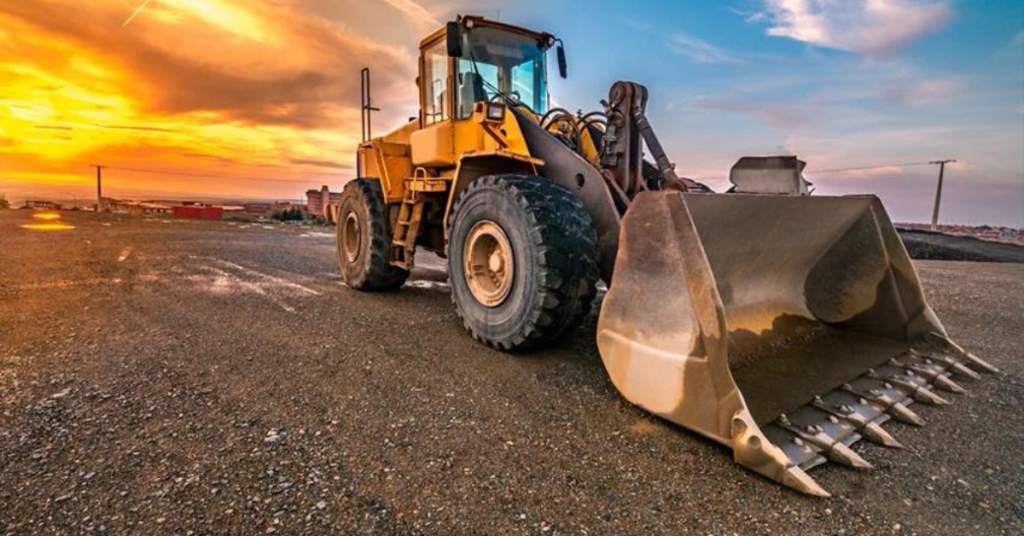
A detailed inspection is crucial to assess the condition of used construction equipment. If possible, inspect the machinery in person. Look for signs of wear and tear, rust, leaks, and overall maintenance. Check the engine, hydraulics, and electrical systems. If you’re not confident in your ability to assess the machinery yourself, consider hiring a professional mechanic or technician to conduct a thorough inspection.
6. Review Maintenance Records
Request and review the equipment’s maintenance records. Regular servicing and maintenance are indicators of a well-maintained machine. Records should include details about previous repairs, parts replaced, and any significant issues that have been addressed. A comprehensive maintenance history can provide insights into the equipment’s longevity and performance.
7. Check for Operational Hours
Evaluate the operational hours or mileage of the machinery. Lower hours generally indicate less wear and tear but also consider the type of work the equipment has been used for. Heavy usage in demanding conditions may cause more wear than lighter use, regardless of the total hours.
8. Assess the Condition of Key Components
Inspect crucial components like the engine, hydraulic systems, undercarriage, and tires. For example, worn tracks or tires may incur extra costs. Verify that these essential parts are in good condition, and consider including the costs for their repair or replacement in your budget. Additionally, be mindful of any potential heavy equipment repairs that might be needed to keep the machinery in optimal working order.
9. Test the Equipment
If possible, test the machinery to ensure it operates smoothly. This includes running the engine, engaging various controls, and checking for unusual noises or vibrations. A test run can reveal potential issues that may not be apparent during a visual inspection.
10. Verify Ownership and Documentation
Ensure that the seller has clear ownership of the equipment and that there are no outstanding liens or legal issues. Check the equipment’s title and registration documents to verify its legitimacy and confirm that it has not been stolen or involved in any legal disputes.
11. Negotiate the Price
Once you’ve assessed the equipment and are satisfied with its condition, negotiate the price. Be prepared to use your research and inspection findings to justify your offer. Sellers are often willing to negotiate, especially if you’re making a cash purchase or buying multiple pieces of equipment.
12. Arrange for a Professional Inspection (Optional)
For added peace of mind, consider arranging a professional inspection even if you’ve done your own. An independent expert can provide a detailed evaluation and may uncover issues that were missed during your inspection.
13. Consider Warranties and After-Sales Support
Inquire about any warranties or after-sales support offered by the seller. While used equipment may not come with extensive warranties, some sellers provide limited coverage or service agreements that can offer protection and support.
14. Plan for Transportation and Delivery
Finally, arrange for the transportation and delivery of the machinery. Ensure that you have the necessary logistics in place, including hiring a reputable transport company and scheduling delivery. Verify that the equipment will be delivered in the same condition as when you inspected it.
Also Read: Keep Your Car Looking Fresh with Expert Techniques
Conclusion
Purchasing used construction machinery can be a wise investment if approached with careful consideration and thorough due diligence. By following this checklist, you can navigate the complexities of buying used equipment and make an informed decision that enhances your operations and maximizes your return on investment.
